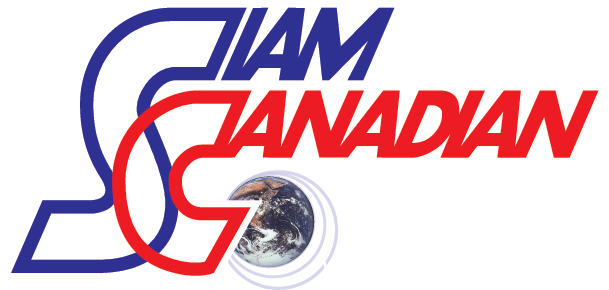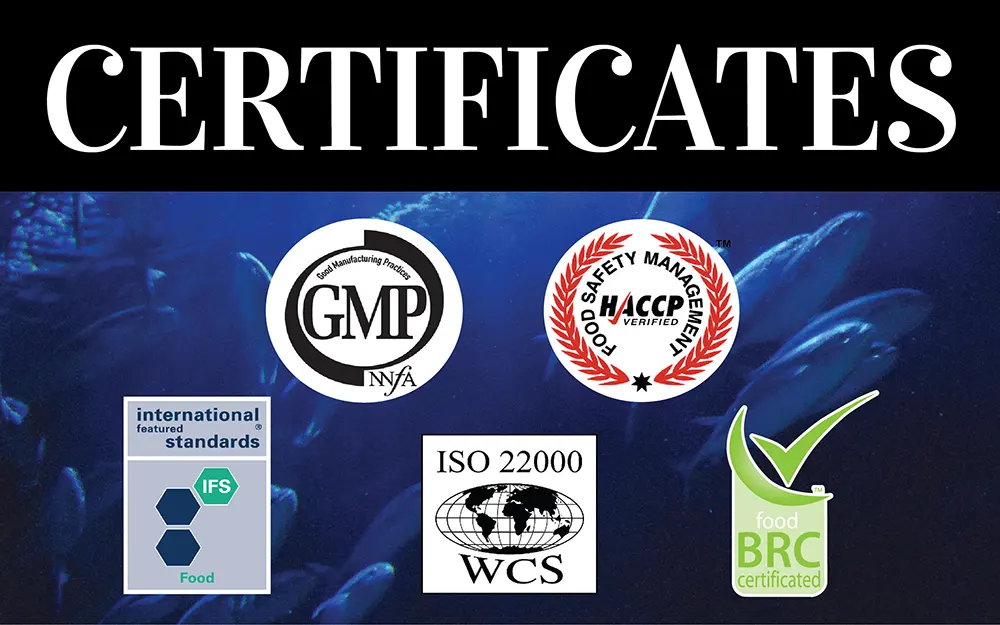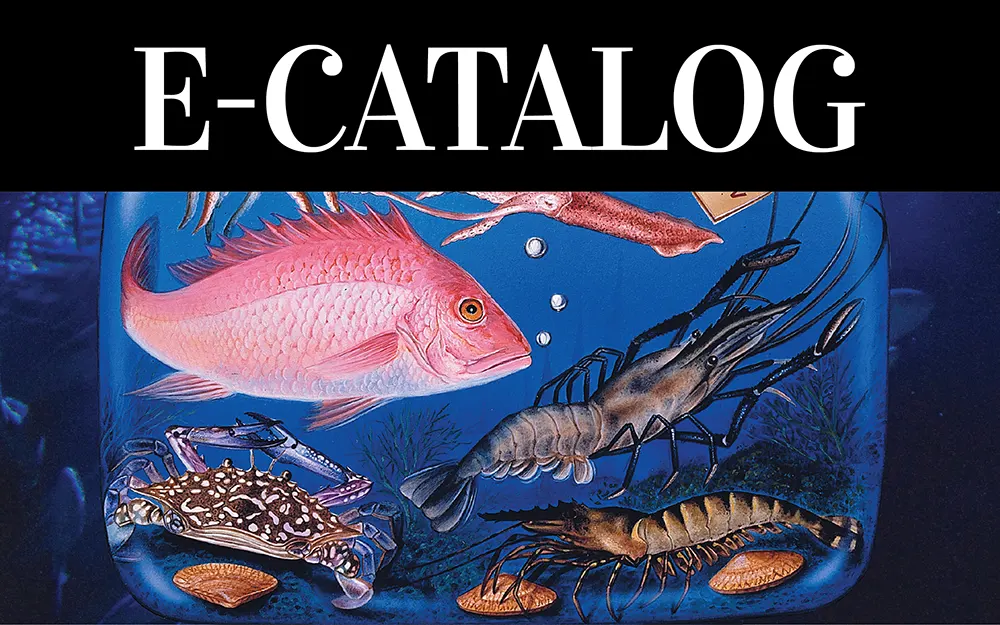[title element=’h2′ color=’fff700′]High US shrimp inventories mean retailers not rushing back into buying : December 1, 2014[/title]
Tom Seaman – UNDERCURRENT NEWS
 US retailers are sitting back and not going back into the farmed shrimp market, which would normally have happened this time of the year.
US retailers are sitting back and not going back into the farmed shrimp market, which would normally have happened this time of the year.
Shrimp prices have crashed in Ecuador, which is ramping up its production, with soft demand from the US one of the reasons, along with weak demand in China.
“Usually by mid-November, retailers will step back in and time their purchases with the dip in prices,” Todd Rushing, co-founder of startup Shrimp Trader, told Undercurrent News.
“However this is not the case this year. Most have enough inventories to last through March/April,” he said.
Retailer inventory seems to be high, however importers’ speculative positions appear to be lower than years past, evidence that most importers have shifted to a “back to back” sales model, Rushing said.
“Business is slow now, with most retailers already having their holiday needs satisfied, there’s is no activity in the US spot buy market. This is causing a softening of price by some, in order to generate any business,” he told Undercurrent.
The US market has been weakening lately, agreed Jim Gulkin, managing director of Siam Canadian Foods, a Bangkok, Thailand-based supplier.
“It seems inventory levels are on the high side and sales slow, due to continued high price levels,” he told Undercurrent.
The main holiday season, with Thanksgiving and then Christmas, has only just started in the US, however. “So, we will have to see how sales are going over the next six weeks.”
Marc Nussbaum, president of US shrimp supplier International Marketing Specialists, sees a similar picture as Gulkin and Rushing.
“Business is very quiet. Supermarkets are pulling less than last year and the restaurant business is also very quiet,” he told Undercurrent.
This lack of demand is causing some softening of prices overseas, said Rushing.
“I believe that the retail chain buyers have their hand on the shrimp flow spigot. Because of last year supply issues they did not aggressively promote shrimp. US retail sales are driven by promotions. If the retailers decide to heavily promote shrimp then we can begin to see the supply pipelines flow freely again,” he said.
On the supply side, Vietnam is no longer a buyer of Indian shrimp, said Rushing. “We are seeing more offerings, weakening of prices and unsold inventory of Indian vannamei blocks arriving in the US.”
Raw material prices in India have gone back up again and prices in Thailand for raw material are also firm.
“Thailand prices firm; India have been moving up; Vietnam firm; Indonesia softening; and China prices are firm as the season over,” said Gulkin, as a summary of the price situation in Asia.
Ecuador prices falling fast
In Ecuador, shrimp prices in Ecuador are falling fast, however. Processing farming and processing executives in the South American country hoping buyers come into the market soon.
Europe has done buying for Christmas and stocks are said to be good in the US and China. Ecuadorian processors are hoping orders for Chinese New Year come in the next few days and that European buyers come to the table in mid-December, in order to get guaranteed 0% duty shrimp.
Buyers are afraid of moving into a falling market, however. Offers for headless, shell-on (HLSO) and head-on, shell-on (HOSO) are both down, with prices given to Undercurrent by industry sources down as much as $1 per pound or kilogram.
“It seems the Chinese, at least for the time being, have all pulled out and left the [Ecuadorian] processors in a bad position,” said one US buyer.
“Processors I’ve worked with over the year are coming out of the woodwork and begging for me to take a load. I have to be careful right now – the deals are good, but might they be better in another month? Or might the Chinese be back in full force running up the price? The joy of our business.”
The mood from the Ecuadorians after the recent Qingdao China Seafood and Fisheries Expo was not as positive as in previous years, with demand not as strong as seen at the Dalian event in 2013. Since last year — as the impact of early mortality syndrome (EMS) took some buyers by surprise — Ecuador has become a go-to source for shrimp.
“I think Ecuador was hoping for big action out of China again. Last year, things took off in the last quarter of the year, because China was pulling in so much product,” said another US buyer.
Ecuador, driven by bumper prices and having stayed free from EMS, is also producing a lot more shrimp than last year, he said. Sources are predicting between 300,000 metric tons to 320,000t of vannamei for 2014, compared to around 210,000t for 2013.
“From what I’ve heard, there wasn’t too much excitement at the China [Fisheries and Seafood Expo] show. It seems like prices have softened and may stay there.” Reports had emerged before the show that sales were slowing.
One US-based source dealing with Latin America said prices from Ecuador are down $0.70-$1 per pound, depending on the size.
The US market is very soft, he said. “Even at cheaper prices customers are still not buying, in fear of a further drop.”
He gave prices for 41/50 HLSO of $3.50/lb FOB Ecuador, down from $4-4.20/lb last month.
An Ecuadorian shrimp processor said 41/50 HLSO is at $3.80/lb, but said he had heard $3.50/lb, “but not sold at this level”.
At the end of the year, some buyers are also thinking of how the annual books will look.
“Then, you have people like me who are limiting their buys at the end of the year to make the balance sheets look as good as possible going into 2015,” the first US buyer told Undercurrent.
For the Ecuadorians, all this adds up to low prices, he said. “So low I’ve heard reports that farmers are refusing to harvest because they think they can just wait it out as the new year rolls around, then they’ll harvest larger shrimp.”
The pressure is really on the processors who need to run to keep their overhead down and people employed, he said.
Prices for HOSO, which mainly goes to Europe and China, are down between $0.60-$1/kg, with 30-40 at $9/kg; 40-50 at $8/kg; 50-60 at $7.50/kg; 60-70 at $6.70/kg; 70-80 at $6.35/kg; and 80-100 at $6.20/kg, a buyer in Europe said.
Prices are down $0.60-$1, depending on the sizes, he said, with the main drops on bigger sizes.
Source:

Contact us for more formation:
Email: info@siamcanadian.com



